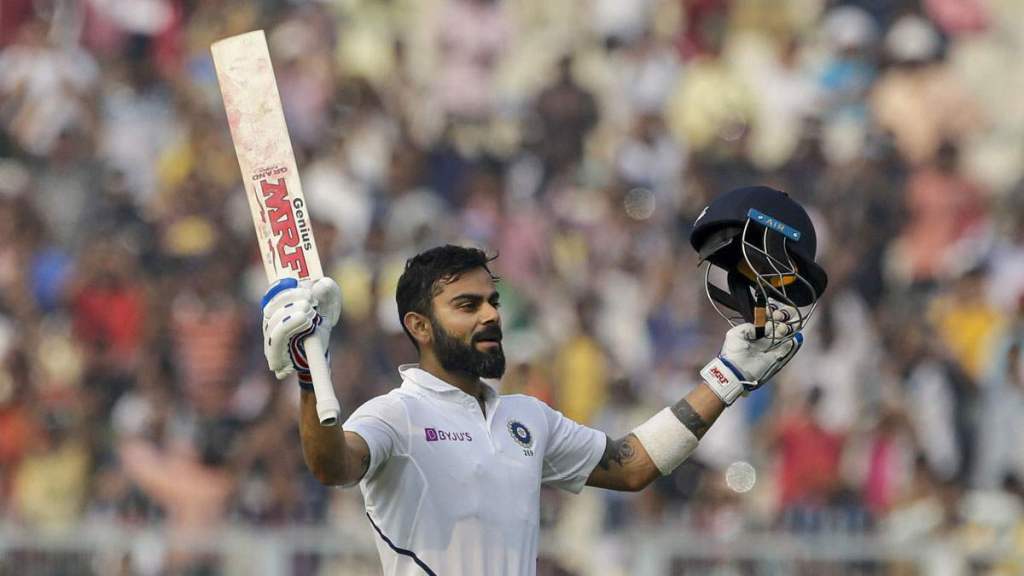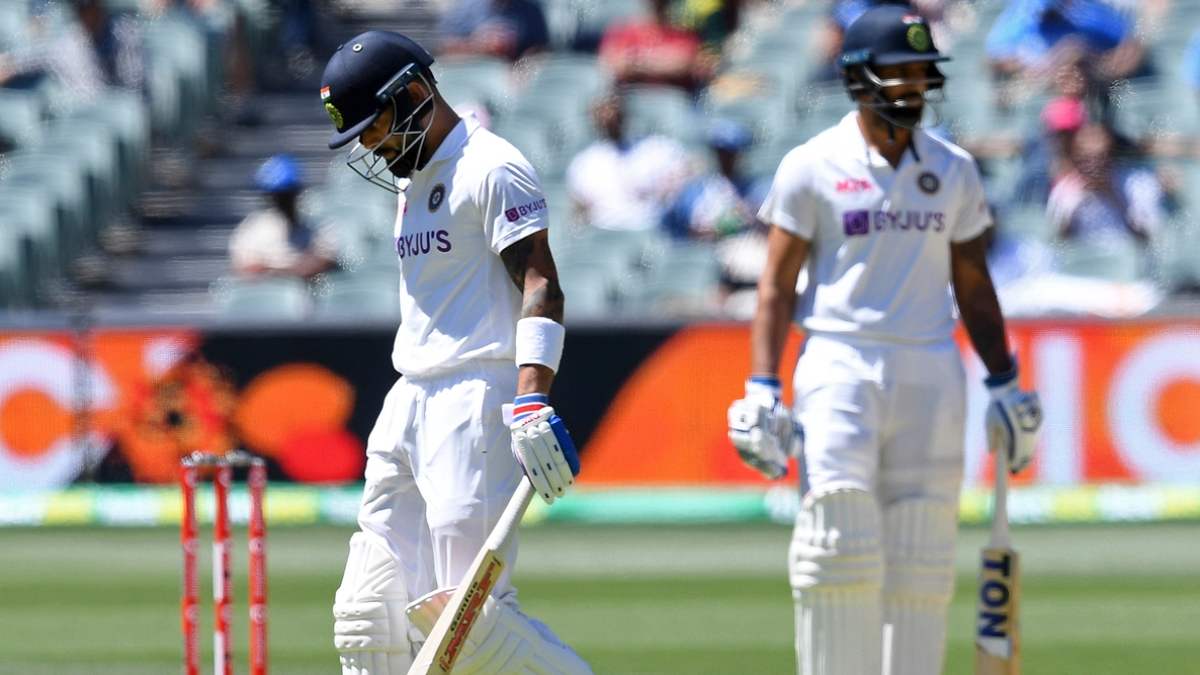Test cricket is a sentiment of all cricket lovers where they find drama, action, and suspense! Overall it can be said that cricket is a cinema in Test format. When it comes to innovation, the “Pink Ball” evolution is one of the highlights in the game’s history. Now the ongoing Border-Gavaskar Trophy will once again witness the magic of Pink Ball in the 2nd Test match in Adelaide.
History Of Pink Ball Tests And It’s Impact
The inaugural Pink Ball Test took place in Adelaide during Australia’s series against New Zealand on 27 November 2015 where Australia won the historic Test by 3 wkts. The innovation aimed to attract larger crowds by scheduling matches that extended into the evening, making it easier for working individuals to attend after their daily commitments.
The Pink Ball, specifically designed for day-night Tests, underwent rigorous testing to ensure visibility and durability under varying light conditions. Initially met with skepticism, the concept gradually gained acceptance as players and fans witnessed its performance.

Australia continued to be at the forefront of pink ball Tests, hosting notable day-night matches at the Adelaide Oval & Brisbane (The Gabba). The format’s success prompted other cricketing nations to experiment with day-night Tests, contributing to the growth of this unique variant.
England embraced day-night Tests in 2017, hosting the West Indies at Edgbaston. The format continued to spread, with countries like India and Pakistan also incorporating pink ball matches into their Test calendars. India’s first day-night Test against Bangladesh in Kolkata in 2019, where the then former captain Virat Kohli became the first Indian player to struck a century in a Pink ball Test which drew substantial attention and solidified the format’s global appeal.

Unforgettable Test For India
In the 1st Test match of the 2020-21 Border-Gavaskar Trophy in Adelaide, The day would have been a doomsday in the history of Indian cricket when India was blundered out for just 36 runs, which is the lowest-ever Test score for India in the format. That match also witnessed for the first time that none of the Indian batters could score a double-digit score.

After winning the historic 1st match win in Perth, Team India will again land in the same place where they were demolished like a pack of cards. The question is simple: Will Team India will forget the past and move on or the result will the same?
The Challenges
The evolution of pink ball Test cricket has not been without challenges. Concerns about the ball’s behavior, especially during twilight periods, have sparked debates among players and experts. Bowlers have faced difficulties adapting to the changing light conditions, leading to variations in performance.
Despite the challenges, day-night Tests have proven to be a valuable addition to the cricketing calendar. The format has successfully addressed issues of dwindling Test match attendance, offering a unique and engaging spectacle for fans. The increased television viewership during evening sessions has also added to the commercial viability of the pink ball Tests.
Will It Be Impactful?
The advent of day-night Test cricket with the pink ball has sparked debates among cricket enthusiasts regarding its impact on the traditional format. The question that looms large is whether the introduction of the pink ball and day-night Tests is truly worth it in the quest to save the essence of Test cricket.
The cricket gurus argue that day-night Tests with the pink ball breathe new life into the longer format. The allure of evening sessions, under lights, adds a unique dimension, attracting a different demographic to the stadiums and television screens. The spectacle of Test cricket illuminated by the pink ball, contrasting against the darkening skies, brings a touch of modernity to the traditional game.
However, skeptics express concerns about the impact on the integrity of Test cricket. Traditionalists argue that the pink ball alters the dynamics of the game, favouring seam and swing bowlers excessively. This, they contend, tilts the balance heavily in favor of the bowling side, potentially leading to lopsided contests that may not accurately reflect the true test of skill and endurance that Test cricket is known for.
Moreover, players have raised concerns about the visibility and durability of the pink ball, particularly during the twilight phase. Some instances of erratic behavior under lights have prompted players to question the fairness of the playing conditions, further muddying the waters surrounding day-night Tests.
Despite the polarizing opinions, the undeniable fact remains that day-night Tests have injected a degree of excitement into the traditional format, attracting larger crowds to the stadiums and capturing the attention of a broader audience. Whether this comes at the cost of tampering with the fundamental principles of Test cricket remains a contentious issue.
The question of whether the pink ball and day-night Tests are worth it to save Test cricket lacks a definitive answer. While these innovations bring in new audiences and offer a fresh perspective, they simultaneously raise concerns about fairness and the sanctity of the traditional format. Striking the right balance between tradition and innovation may be the key to ensuring the continued relevance and appeal of Test cricket in the ever-evolving landscape of the sport.
Also Read: IPL 2025: Prithvi Shaw Goes Unsold – Has His Career Hit Rock Bottom Or Can He Stage A Comeback?













